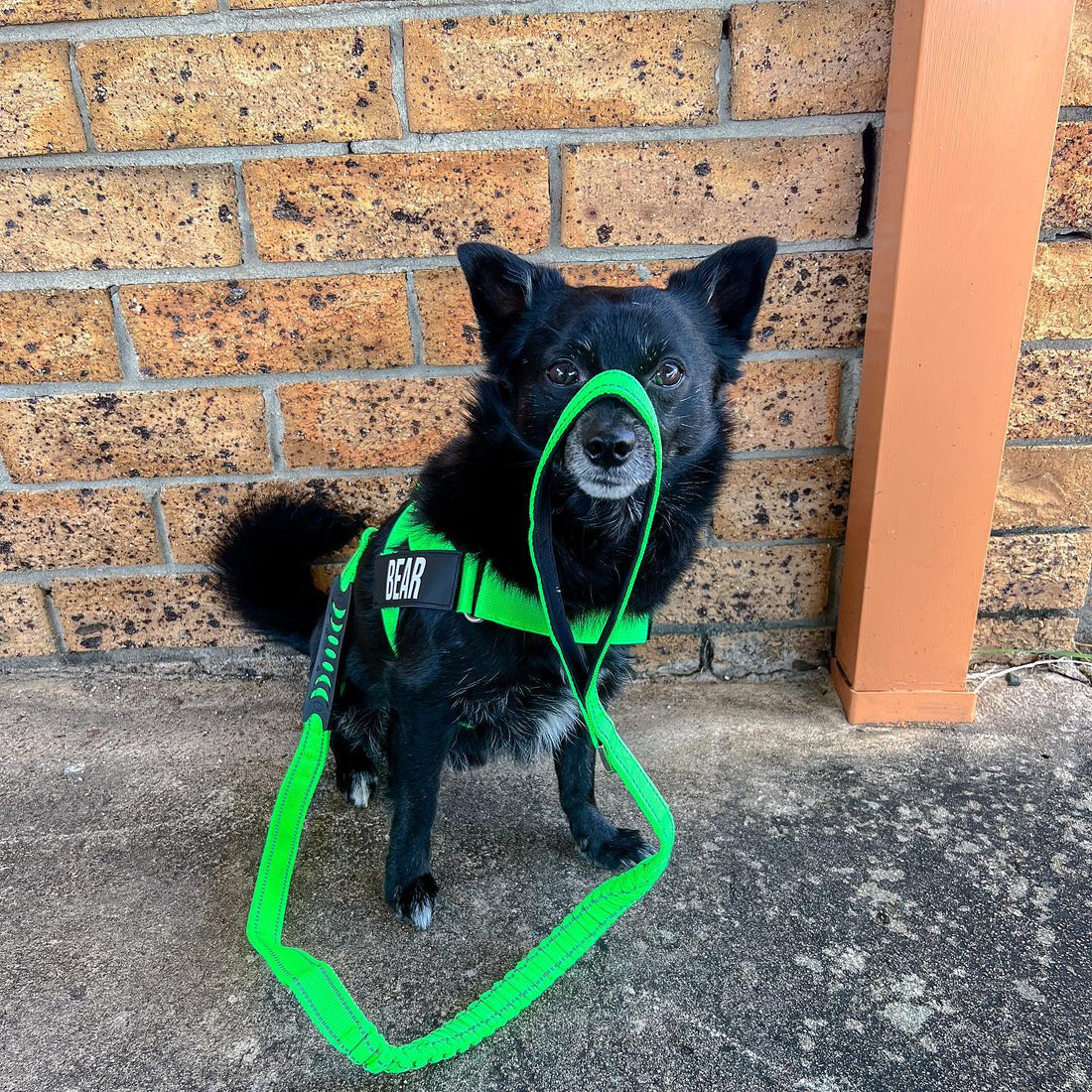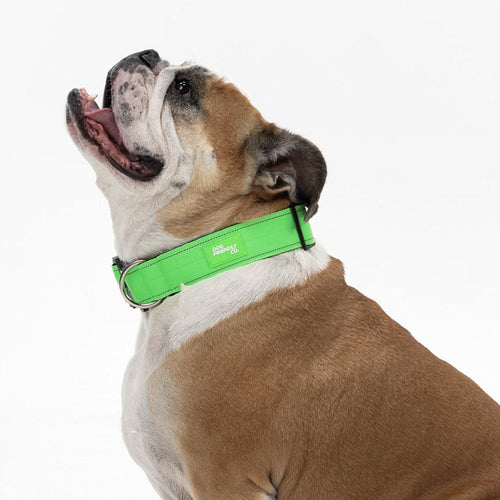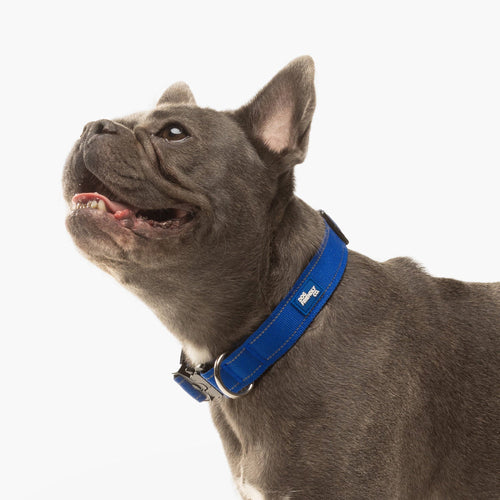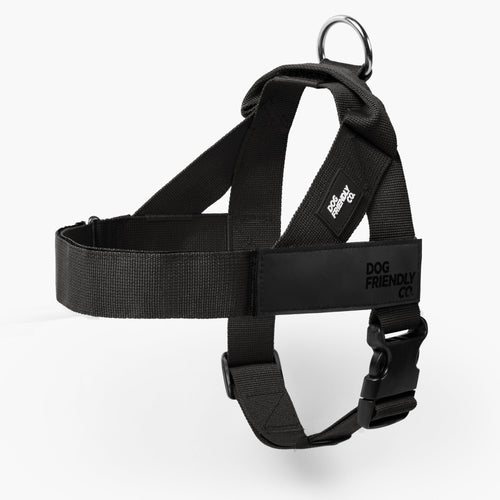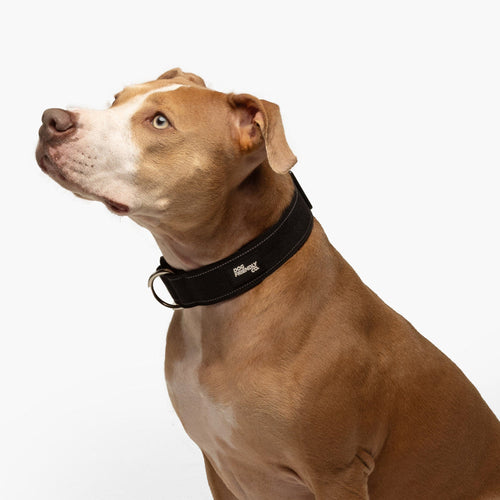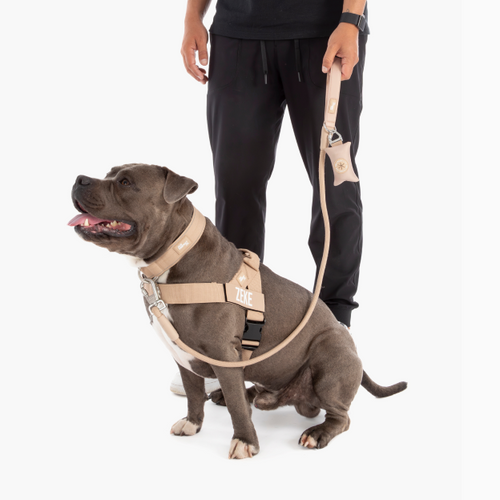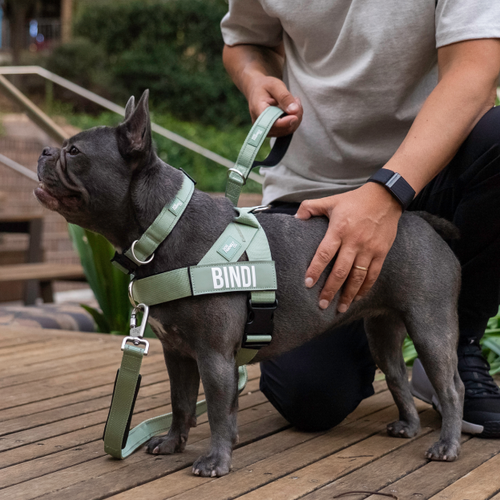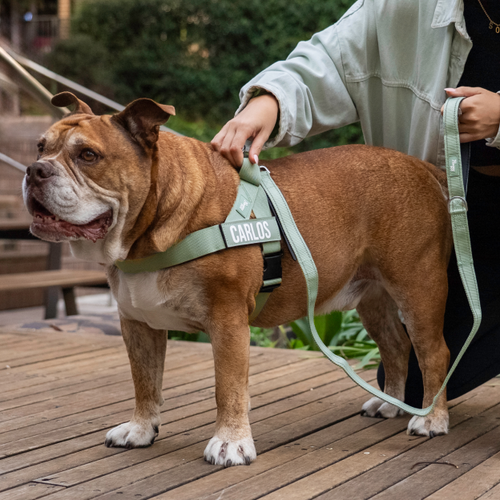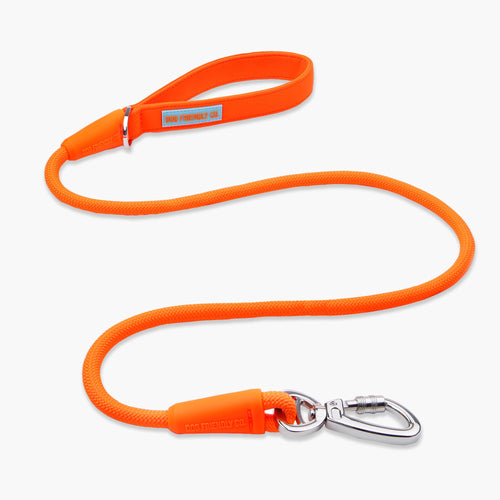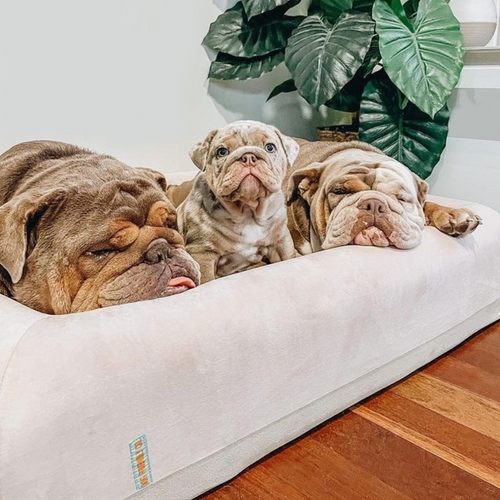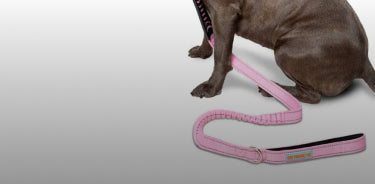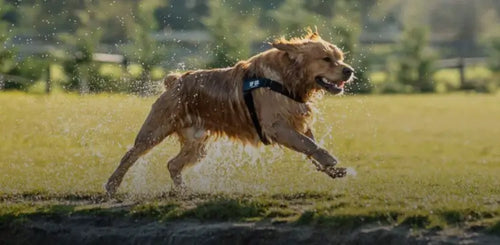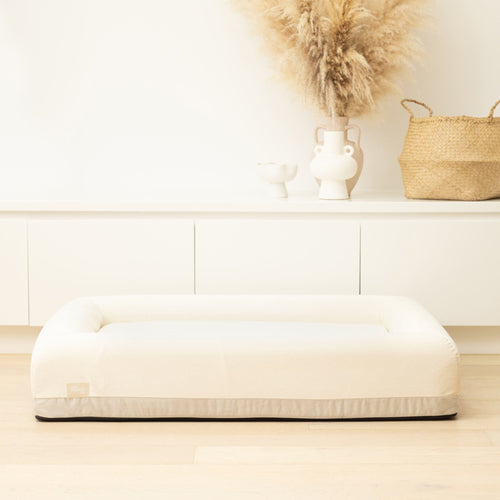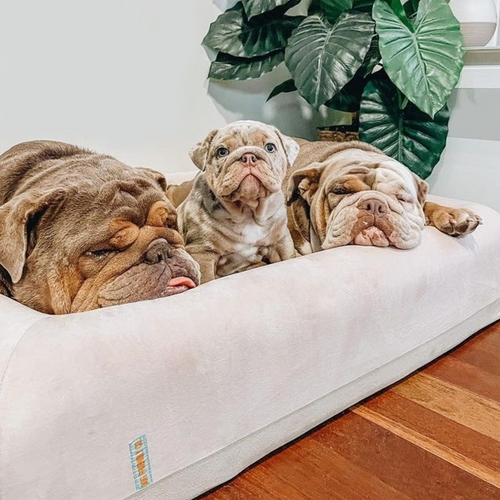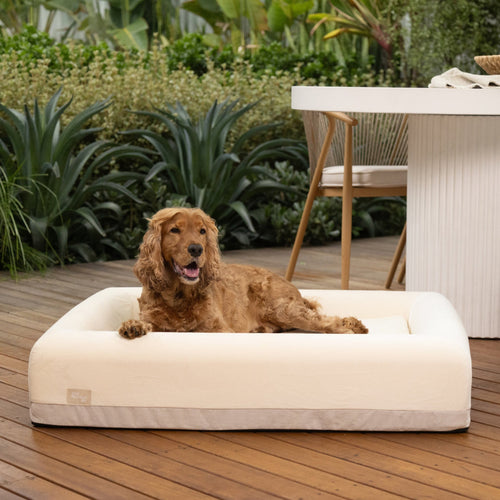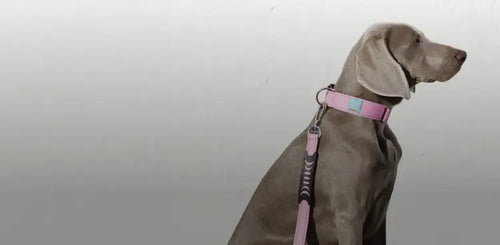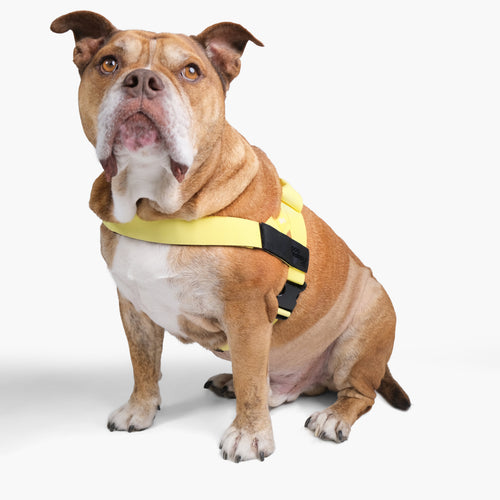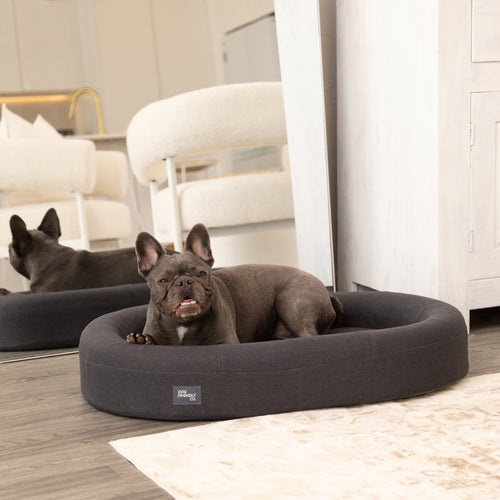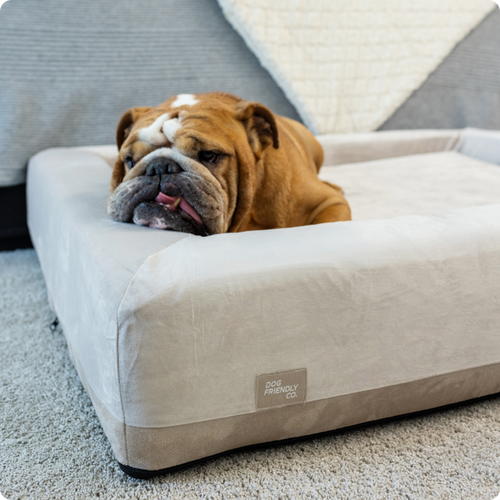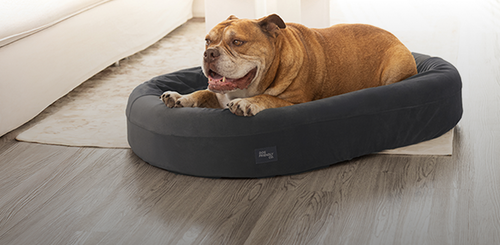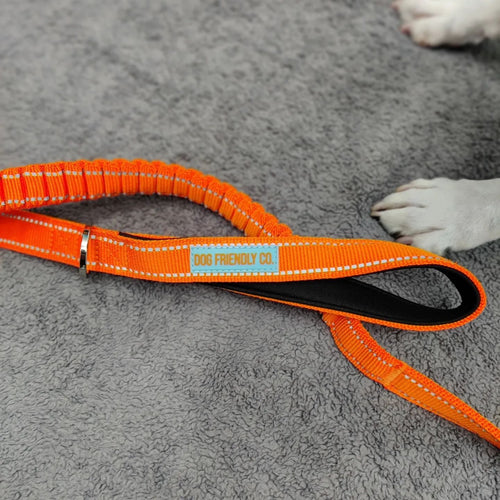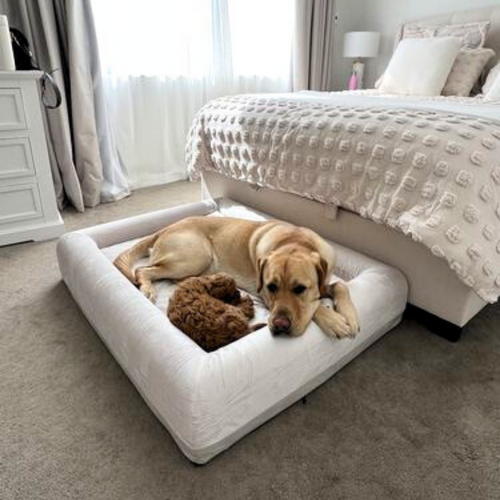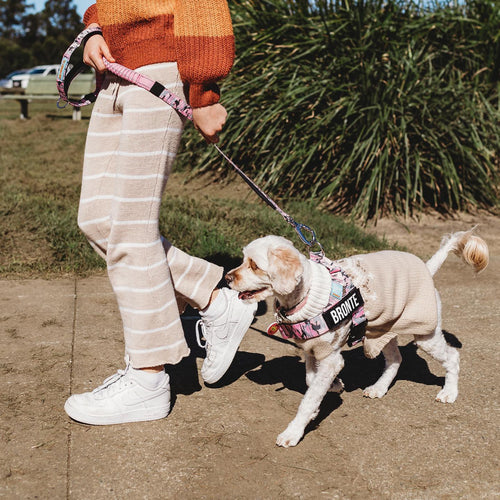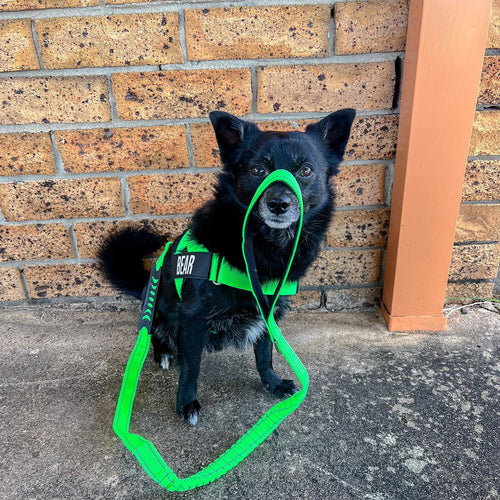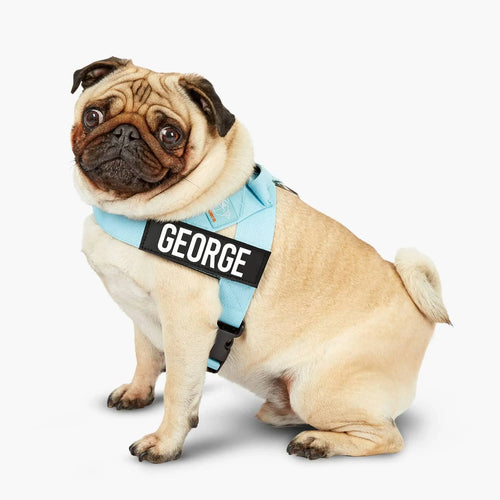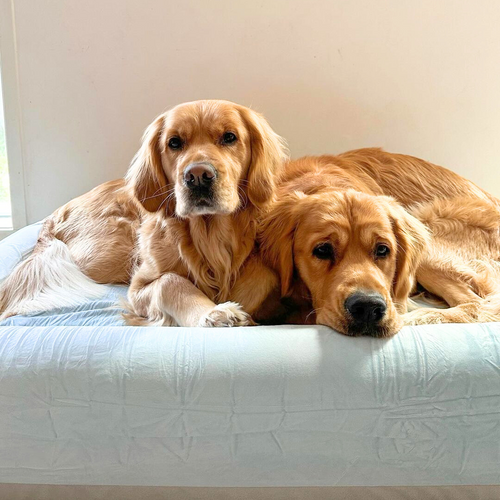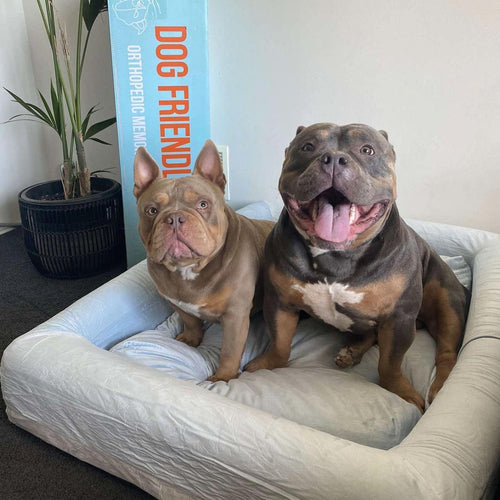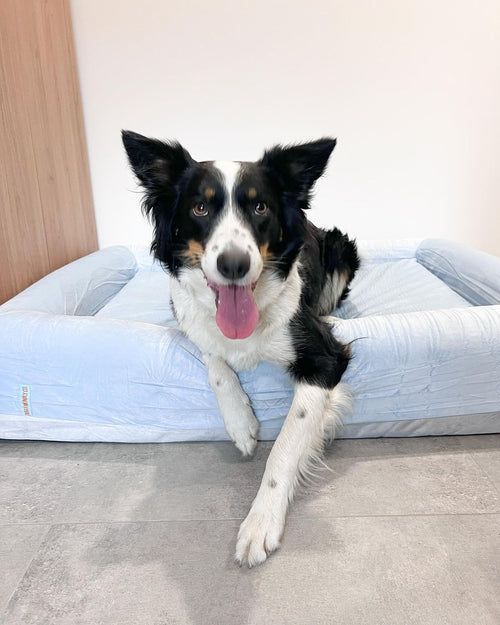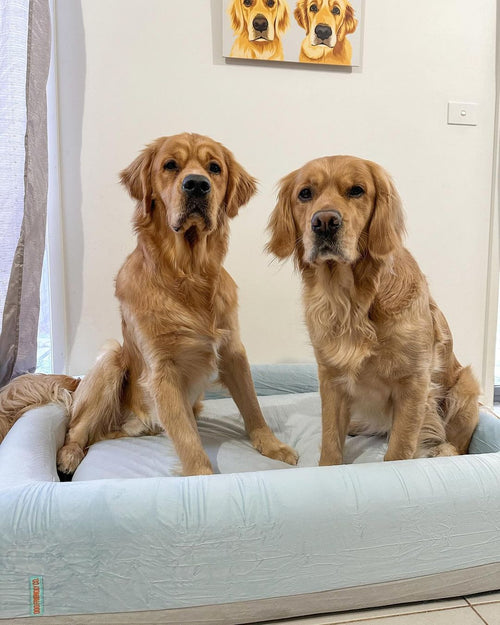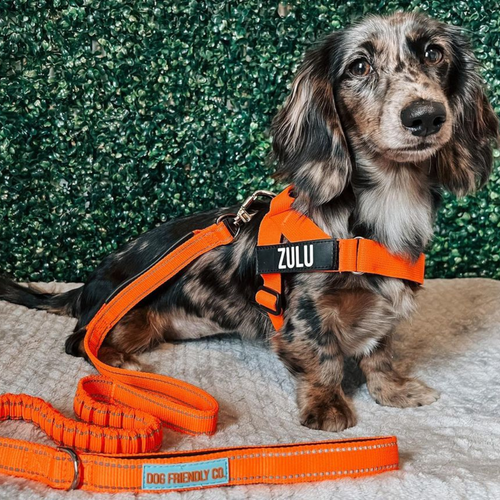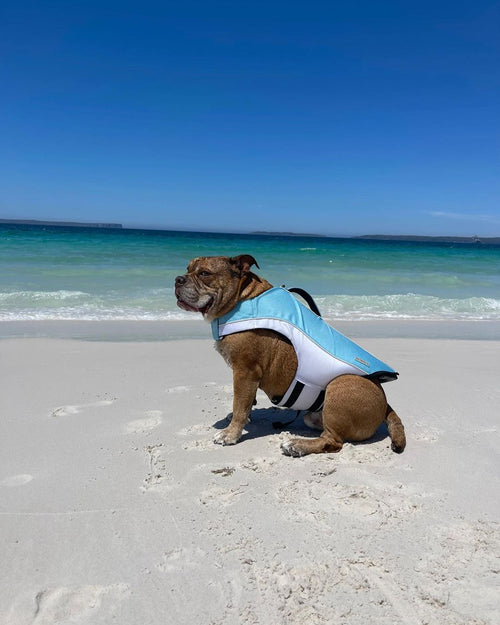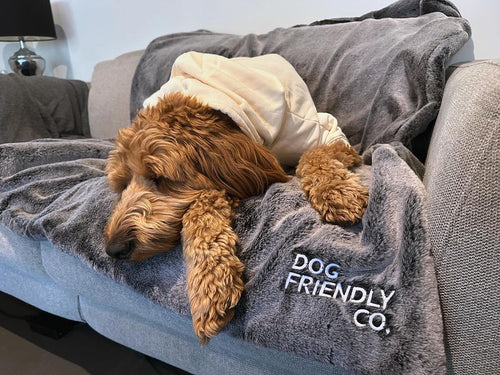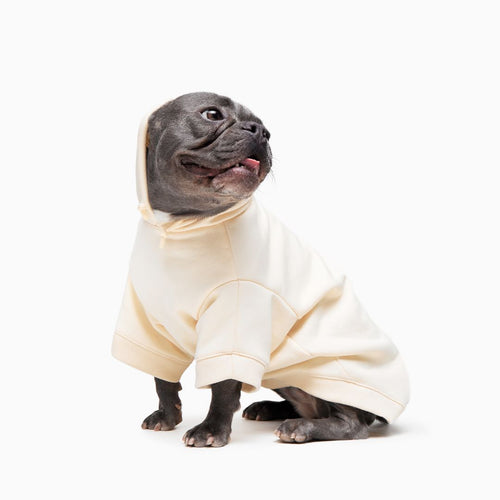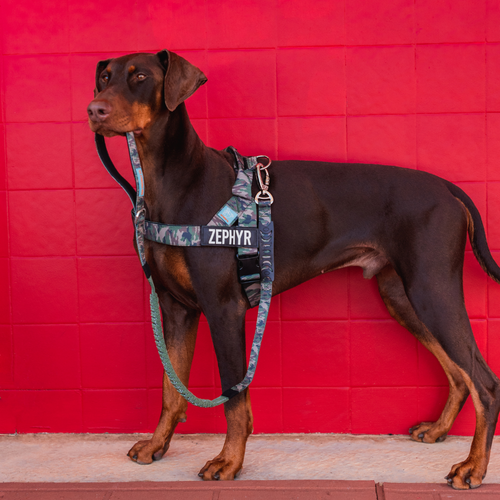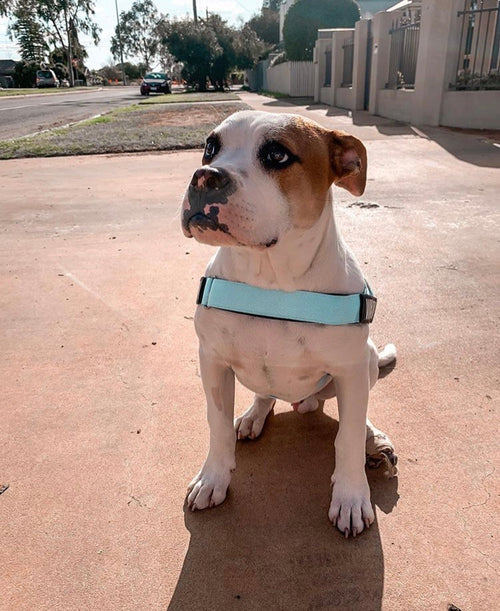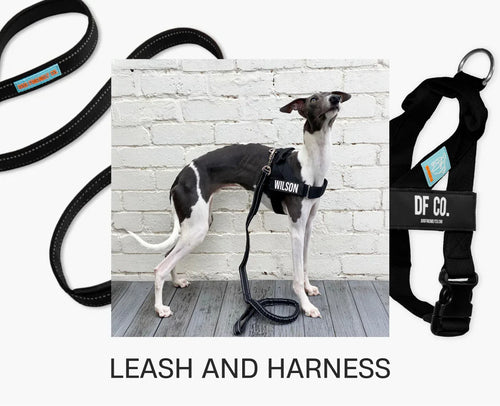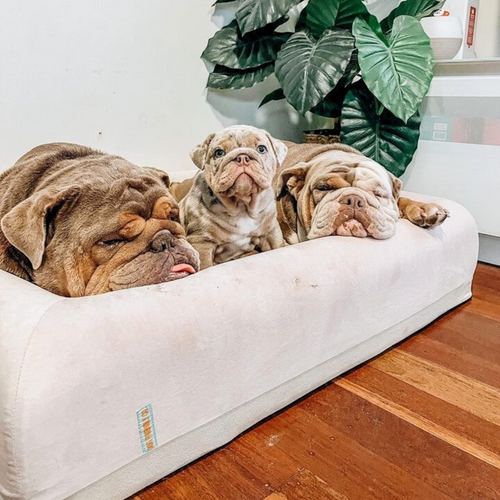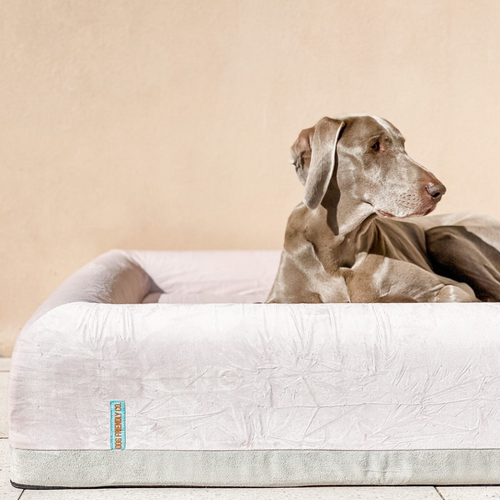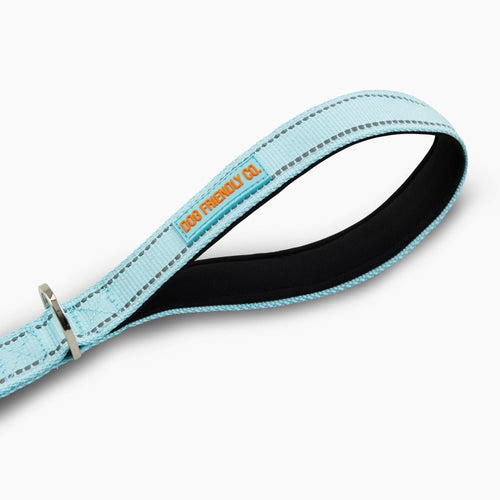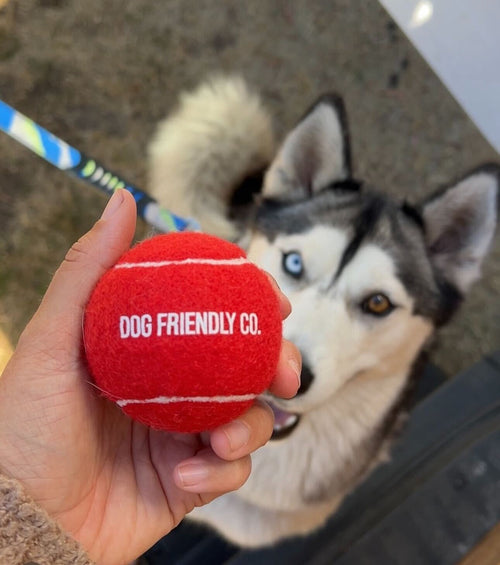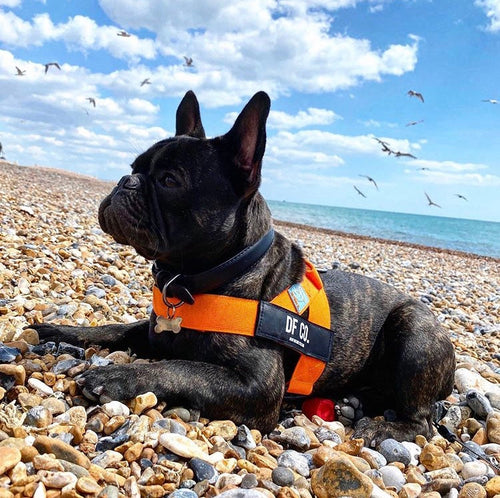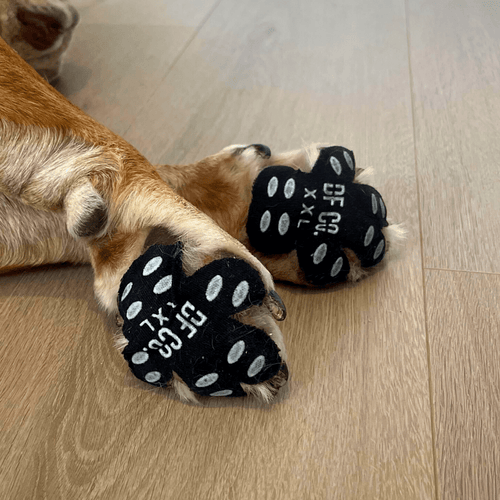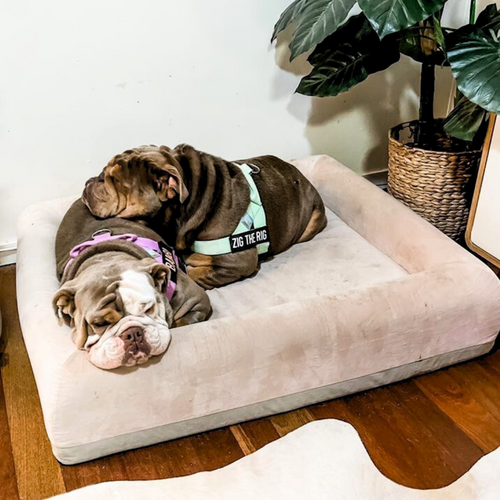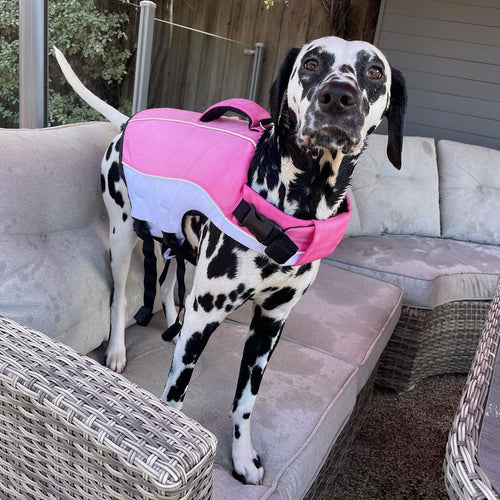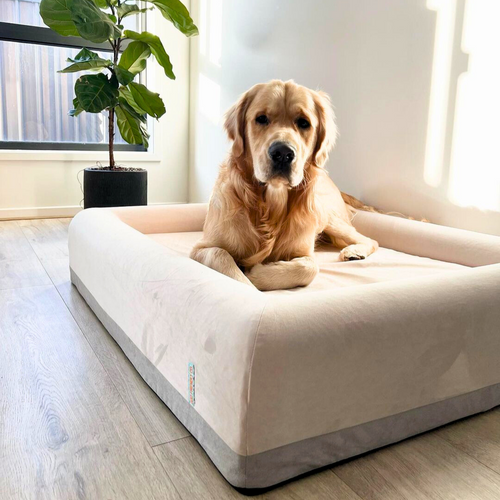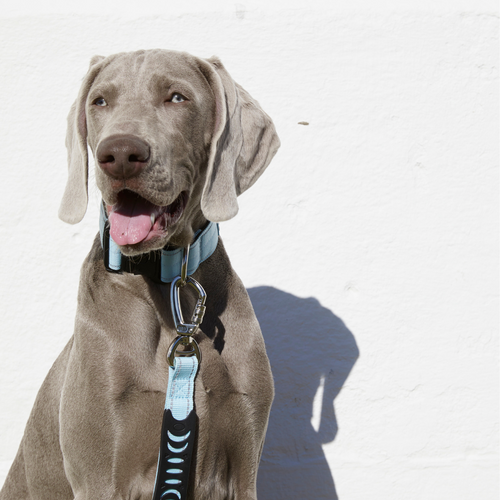There are times when you need to stop quickly while out on a walk with your dog—maybe for a quick errand or to enjoy a cup of coffee at an outdoor café. In these moments, securing your dog’s leash to a pole can be a handy way to keep them close while you take care of things.
Remember, keeping your dog safe and comfortable should always be the top priority. Improperly securing the leash can lead to tangles, accidents, or even your dog breaking free. Let’s go over how to make sure you’re doing it the right way so both you and your pup can stay worry-free.
Why You Might Need to Tie Your Dog to a Pole
There are several occasions when you might need to quickly tie your dog up while out and about. Whether it’s running into a store for a quick errand or visiting a dog-friendly park or beach, tying your dog for a few minutes while you grab your things or get settled prevents them from wandering off or getting into trouble.
Here are some practical reasons and safety benefits behind tying your dog to a pole:
Practical Situations
You’re out shopping and need to quickly pop into a store, or maybe you’re waiting outside a public space like the bank or pharmacy. These moments can leave you with no choice but to tie your dog for a bit so they’re safely out of the way. Even during longer walks or hikes, there are times when a quick pause is needed, and securing your dog can keep them safe and out of trouble.
Safety Benefits
Tying your dog to a secure pole helps prevent them from darting into traffic or wandering off to chase something that’s caught their attention. If you’ve ever seen your dog get distracted by a passing bird, an interesting scent, or another dog, you know the importance of keeping them in one place for their own safety. Doing a proper tie-up is a simple and effective way to make sure they stay where you can keep an eye on them until you’re ready to go.
What to Keep in Mind Before Securing Your Dog
Before securing your dog, it’s important to think about their safety and the environment around them. You want to make sure everything is set up properly, so they stay comfortable and secure. Let’s go over a few things to consider before you tie your dog to a pole or similar structure.
- Check Local Regulations: Some places have rules about tying dogs in public, so it’s a good idea to double-check that it’s allowed. Make sure you’re not breaking any local bylaws or causing any issues with other people or pets nearby.
- Choose a Safe Spot: Pick a location where your dog will be safe and comfortable. Avoid tying them near busy roads, crowded areas, or other animals and pets that could cause stress. A quiet, less-travelled location is always best for your dog’s comfort. Make sure there’s plenty of space for them to sit or stand without feeling cramped.
- Monitor Your Dog: It’s always best practice to keep an eye on your dog when they’re tied up. Never leave your pup unattended for too long, as this can lead to accidents or situations where they might feel anxious. Even for short periods, check in regularly to make sure they’re calm and comfortable.
- Use Durable Equipment: Make sure your leash, collar, or harness is strong enough to hold your dog securely in place. A durable setup prevents the possibility of an accidental break and keeps your dog safe until you’re ready to go. Invest in a high-quality leash that matches your dog’s size and strength—this will make a big difference in keeping them secure. Plus, it’ll give you peace of mind knowing they’re safely tied up!
Step-by-Step Guide: How to Tie a Dog Leash to a Pole
Tying your dog’s leash properly is key to keeping them safe and comfortable. Follow these simple steps to make sure they’re secure while you briefly step away.
Step 1: Select the Right Pole:
Pick a solid, immovable object that’s strong enough to hold your dog’s weight. It should be sturdy enough so that your dog can’t tip it over or pull it down. Avoid choosing poles that are flimsy, loose, or have any give to them, as these could result in your dog getting free unexpectedly.
Step 2: Use a Reliable Knot:
Choosing the right knot is crucial to prevent accidents and keep your dog safe while you’re away. Ideally, the knot should hold firmly but be easy to untie when it’s time to go. Here are some options:
- Slip Knot: This knot creates a quick-release loop that’s convenient for quickly securing and untangling the leash. Simply form a loop at the end of the leash, pass the leash through the loop, and pull to tighten—quick and easy, even when you’re in a rush. When you’re ready to untie, just pull the end of the leash, and it will loosen without a hitch.
- Figure Eight Loop: Known for its stability, this knot is perfect for active dogs. Make a loop at the end of the leash, then pass it over the pole, back through the loop, and pull it tight to secure. It’s simple, but it will hold even if your dog likes to tug.
- Bowline Knot: This knot keeps the leash from tightening around the pole—handy for dogs that tend to pull or move around a lot. Create a small loop at the end of the leash, pass the end of the leash through the loop, and then wrap it around the pole and back through the loop to secure it. This knot is reliable and won’t slip even under pressure.
Step 3: Check for Slack:
Leave enough leash length for your dog to move comfortably without being able to wander too far. But be careful—too much slack can lead to tangles, which could cause choking or tripping hazards for your dog or others nearby. Keeping the leash controlled also prevents the risk of your dog running into traffic or getting caught on obstacles.
Step 4: Test the Security:
Before leaving your dog tied up, give the leash a gentle tug to check its strength. Make sure the knot and the pole can withstand your dog’s weight and activity level without loosening up or shifting.
Safety Tips While Tying Your Dog
Tying your dog securely means making sure they’re safe and comfortable while you’re away for a short time. These guidelines can help prevent accidents, tangles, or any stressful situations and give you peace of mind:
- Avoid Thin or Weak Poles: A flimsy pole can be easily knocked over, putting your dog at risk of injury. Look for a strong, sturdy post that can hold your dog’s weight without tipping. Thin or weak poles may not only fail under the strain but could also cause your dog to break free or get hurt.
- Ensure a Tangling-Free Setup: A leash that twists or gets caught can be frustrating for you and your dog. A swivel hook or an adjustable leash can help keep the leash straight and untangled. This ensures your dog can move without getting twisted up or pulled in the wrong direction, making their wait more comfortable.
- Avoid Overly Tight Leash Configurations: A tight leash might seem like it’s keeping your dog in place, but it can cause unnecessary stress and discomfort. Your dog should be able to sit or lie down comfortably, giving them space to relax. A relaxed setup helps your dog stay calm and prevents any anxiety from building up while they wait.
- Remember to Always Supervise: Even when you think everything is secure, it’s still best to keep an eye on your dog. This means staying within eyesight so you can quickly respond if anything goes wrong. Whether it’s a sudden pull or an unexpected distraction, being nearby will ensure your dog is comfortable and safe.
Other Ways to Secure Your Dog
Sometimes, tying your dog just isn’t the best option. If you’re looking for a more secure or convenient alternative, there are other methods that can keep your dog safe while you step away.
- Portable Tethers: Portable tethering systems are an excellent option if you need a more flexible way to secure your dog. They’re lightweight, easy to set up, and often come with features like adjustable lengths, making them great for areas that may not have accessible poles. Additionally, they’re typically designed with a quick-release mechanism for added safety.
- Dog-Friendly Tie-Outs: If holding the leash isn’t an option, retractable tie-outs can provide more freedom while still keeping your dog secure. These tie-outs let your dog roam a bit more, but the retractable feature ensures they don’t wander too far. Before setting one up, just make sure the area is clear of potential hazards to prevent tangles.
- Enclosed Dog Strollers or Carriers: Here’s another option for smaller breeds, especially when you’re out running errands or waiting in a public space. Dog strollers or carriers offer comfort and protection from the elements while also making sure that your dog is safe and visible. Plus, they’re easy to transport, so you can keep your dog close by without being tied up at all.
Common Mistakes to Avoid While Securing Your Dog
Even with the best setup, your dog might not react well—especially if they’re not used to being secured this way. Avoid these common missteps to keep them safe, comfortable, and stress-free:
- Using a leash that’s too short or too long. A leash that’s too short can make your dog feel restricted and anxious, while one that’s way too long increases the risk of tangling. Finding the right length allows your dog to sit, stand, and turn around without getting wrapped up. If you’re unsure, test it first by watching how they move before stepping away.
- Leaving the dog tied for too long. Dogs can become restless, stressed, or even dehydrated if left tied up for too long. They need regular movement, water, and interaction, so keeping an eye on the time is important. If you’ll be away for more than a few minutes, consider a different setup.
- Forgetting to double-check the leash’s security. A loose knot or weak connection can lead to an unexpected escape, which no dog owner wants to deal with. Always give the leash a firm tug to make sure it’s secure before walking away. Taking a few extra seconds to check can save you from a lot of trouble.
- Tying the dog in a high-traffic or unsafe location. Busy sidewalks, hot pavement, or areas with too much foot traffic can be overwhelming for your pup and even dangerous. Choose a post that offers shade, space, and minimal distractions so your dog stays relaxed.
Training Your Dog to Stay Calm While Tied
Some dogs adapt quickly to being secured, while others need a bit more time, patience, and training. With the right approach, you can keep your dog relaxed and comfortable when tied.
Step 1: Practice at Home:
Start by securing your dog’s leash to a stable object indoors, such as a heavy table or a railing. Stay nearby and reward them with treats or praise when they stay calm. Keep these sessions short at first, and gradually increase the duration as your dog slowly gets used to it.
Step 2: Gradual Exposure:
Once our dog is comfortable indoors, practice outside in a quiet, familiar spot. Keep the sessions brief and stay close to reassure them before slowly increasing the time as they learn to settle. If they show signs of stress, take a step back and go at their pace.
Step 3: Positive Reinforcement:
Always reward calm behaviour with treats, a favourite toy, or verbal praise. This helps your dog associate being secured with positive experiences, rather than frustration. If they get restless, redirect their focus with a command or gentle reassurance.
Keeping It Safe: Key Takeaways for Tying Your Dog
Tying your dog securely isn’t just about keeping them in place—it’s about making sure they’re safe, comfortable, and stress-free. By choosing the right spot, using a reliable tying technique, and staying vigilant, you can keep your dog secure and at ease.
Remember to always prioritise your dog’s well-being by setting them up properly and making it a positive experience. We hope this guide has been helpful and, most importantly, that it makes life a little easier for you and your dog!
















